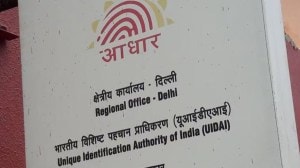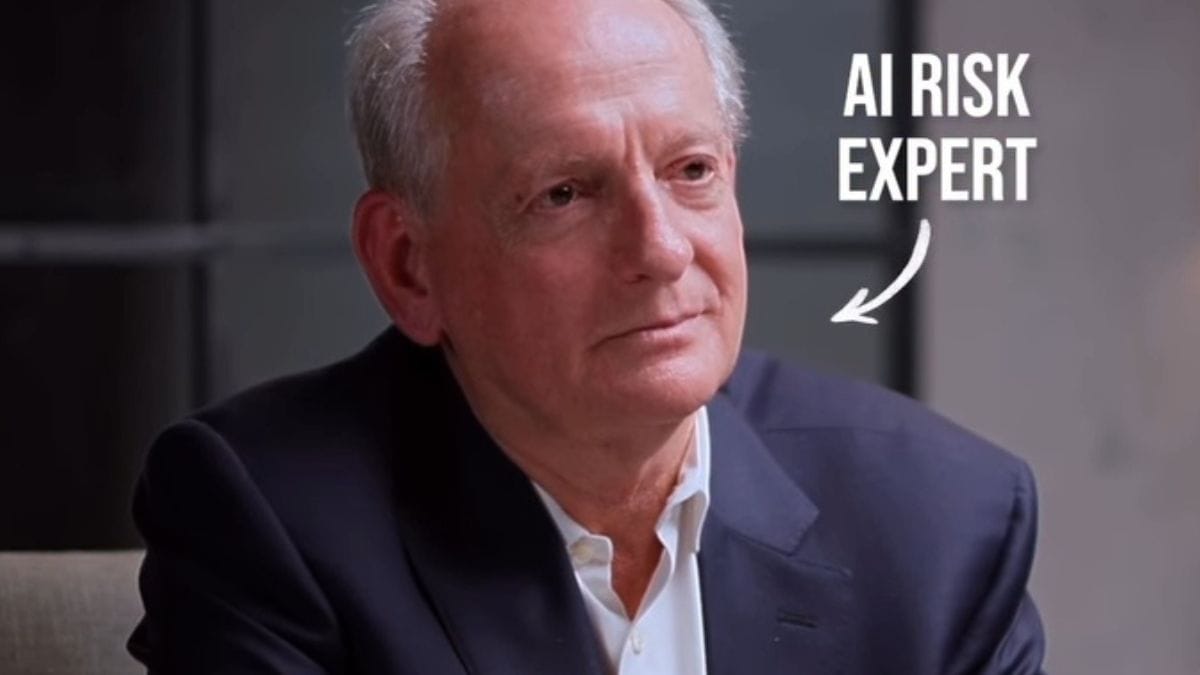Growing up as a child in Darwin, Australia, Sarrita King and her sisters would listen to their father explaining his painting unfolding on the canvas in front of them. King’s father would tell his children about the elements of nature, red fires and deep blues of the water he was painting and how similar the bark on a tree and the leather of his wallet were.
“My father would say every single human who sits around a fire feels the energy of the elements of nature like our ancestors who sat around the fire, who had the exact same feeling. These elements are something that ties us always to the past and clings us to the future,” says King, a well-known Australian artist recalling the influence of her aboriginal culture on her works. “My father was a storyteller by nature and my storytelling through my art is all about connecting back and feeling my culture run through me on to the canvas,” adds King, a Darwin-based First Nations artist.
Part of Modern Tribal—Connecting Traditions, an exhibition of works of aboriginal artists from Australia and tribal artists from India, which opened at the Bikaner House in the national capital on January 28 to coincide with the India Art Fair, King’s paintings exude a depth that indicates the several layers connecting the contemporary world with ancient cultures. “For me, it reflects upon how the ancestors, although they are gone, their past that they travelled still impacts us today and also has a hand in the decisions that we make for tomorrow,” says the Adelaide-born King whose father was part of the Gurundji tribe from the Northern Territory.
Three of King’s works at the exhibition along with ten other aboriginal artworks from Australia at the exhibition are reflective of the land to bring to life different aspects of the Australian landscape, like lightning crackling across the Earth in one of her paintings, an acrylic on linen titled Ngurra, which means home or a placing of belonging. “I think art is this amazing spotlight on the beauty that the culture has and the long journey of our culture. It shows that we are still connected and we know who we are. We can be that dominant voice that aboriginal Australia needs,” she adds.
Chandrakali Pusham, a Gond artist from Madhya Pradesh, who is among the tribal artists from India at the exhibition, echoes the connections that art provides to understand cultures and heritage. “I learned Gond art from my grandmother and mother. I used to watch them paint on the wall of our home as a young girl. They painted images of animals, birds and trees, everything that connected our community with nature and our past. We don’t want our cultural values to be lost and gone forever,” adds Pusham, who lives in Nindora village, about 200 km from Jabalpur.
Modern Tribal—Connecting Traditions (January 28-February 6), which is curated by Delhi-based Gondwana Art Project, a self-sustaining initiative that helps tribal artists find market and buyers, took shape from a collaboration between Gondwana Art Project and the New England Regional Art Museum (NERAM) in Armidale, a Northern Tablelands city in New South Wales, Australia. “This is the start of what we hope is an ongoing partnership where we will be able to share some of these works back in Australia and have a cultural exchange between Australia and India and aboriginal art and tribal art,” says Rachael Parsons, art museum director of NERAM, whose first collection of aboriginal art came from a single donor in the early 1990s. “We celebrated the 40th anniversary of the founding of our museum last year,” she adds.
“It is a beautiful conversation between the Indian works and the Australian works. They are not the same, they are both very unique art forms, with different techniques and styles, at the same time there is a symbiosis, there are things that are in common,” explains Parsons, a trained artist-turned-curator and museum administrator. The Indian tribal art, from mostly Gond, Bhil and Warli traditions, are works by artists from Madhya Pradesh and Jharkhand. “I was intrigued by the similarities between Australian aboriginal art and our tribal art when I first saw the Australian aboriginal artworks at an exhibition in NERAM,” says Gondwana Art Project founder Sundeep Bhandari.
“The connection is so much there between Australian aboriginal art and Indian tribal art,” says King, who is exhibiting 40 of her works at the India Art Fair (February 1-4). “It is funny how we find our connections to the land and where we came from even in distant lands. The expressions can be so similar even though we are so far across the world. The Indian tribal artists use dots, patterns and repetitions like us,” she adds. “My father used to say, ‘Art reflects nature and nature is repetitive based’. He said nature is repeating itself and calling for something deep within your ancestral memory.”
Like the Gondwana Art Project, which is aiding tribal artists from across India to find a market for their works, indigenous art in Australia, too, is garnering accolades and attention. “The diversity within the art market in Australia means that we have the opportunity to basically steal and capture everybody’s imagination,” beams King, whose mother was a minister for multiculturalism in the local government in Darwin. “In the early days, it was almost like a handful of bricks creating this beautiful masterpiece and as it spilled out not only into Australian culture, but also to world culture, the appetite has increased the number of artists, depth of works and also the variety,” she adds.
King also feels strongly about the failure of the referendum in Australia last year to add indigenous voice to the Constitution. “It is such a difficult thing, especially to come against the no vote. It crushed the hearts and souls of a lot of people and dampened the hope for indigenous voices,” she says. “I think what it does is it galvanises indigenous people and how it can help us to raise our voices and show that we have to lead the way and we can’t ask for the whole of Australia to step up and help us. It has to be led by indigenous people. It has to come from us and built by us to make a better future for our people.”








